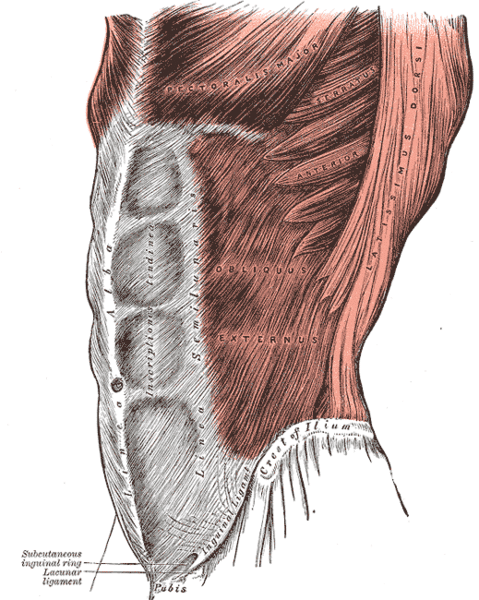Anatomy of the Abdomen (part 1/4: External Oblique)
The abdominal wall consists of four distinct muscles, the transverse abdominus, the internal obliques, the rectus abdominus, and the external obliques. These muscles form three distinct layers, with the rectus abdominus and external obliques on top. The transverse adbominus forms a kind of belt around the lower spine and the internal obliques stitch together up … Read more

